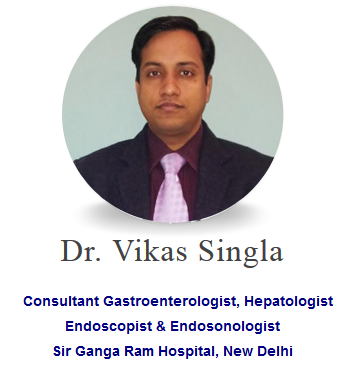Fatty liver disease occurs in human beings when there is an excessive amount of proteins present in the liver. The absorption of nutrients slows down in this case, leading to creation of an unhealthy layer of fat in the liver. As the second-largest organ of the human body, smooth functioning of the liver is very essential. However, the following lifestyle-related factors actively present among patients can lead to the development of fatty liver disease:
Alcohol Abuse
One of the most commonly known factors that contribute to the development of fatty liver is prolonged abuse of alcohol. Patients who have a history of drinking excessive amounts of alcoholic drinks for years, on a daily basis, are prone to fatty liver disease. Besides this, the next stage of liver scarring can also be developed in an alcoholic that eventually leads to the fatal stage of cirrhosis.
Obesity
Another highly prevalent factor seen among patients with non-alcoholic fatty liver disease or NAFLD is obesity. This is because most obese patients suffer from insulin resistance, which inhibits proper absorption of nutrient in the body, further leading to slowing down of the liver. Due to this, proteins such as collagen don’t get absorbed in the body and get accumulated in the liver itself. Moreover, patients with high BMI are also at risk of developing NAFLD as their metabolism is significantly slower.
Diabetes
Patients with Type 2 Diabetes are prone to fatty liver disease as their cholesterol levels are elevated, which basically means that the presence of fat in the bloodstream is already very high. On top of this, the insulin resistance developed due to diabetes inhibits the liver from absorbing all the nutrients and removing the toxins from the body. Liver scarring is also a risk among these patients; hence, consulting a Liver specialist gangaram hospital is advisable.
Hepatitis C
One of the most dangerous liver infections that can lead to fatty liver disease and fibrosis is Hepatitis C. Patients with a history of substance abuse such as cocaine, meth, intravenous drugs, etc. are prone to this fatal virus. Furthermore, patients with HIV and other sexually-transmitted diseases tend to develop Hepatitis C, which further leads to fatal liver disease such as cirrhosis and cancer.



